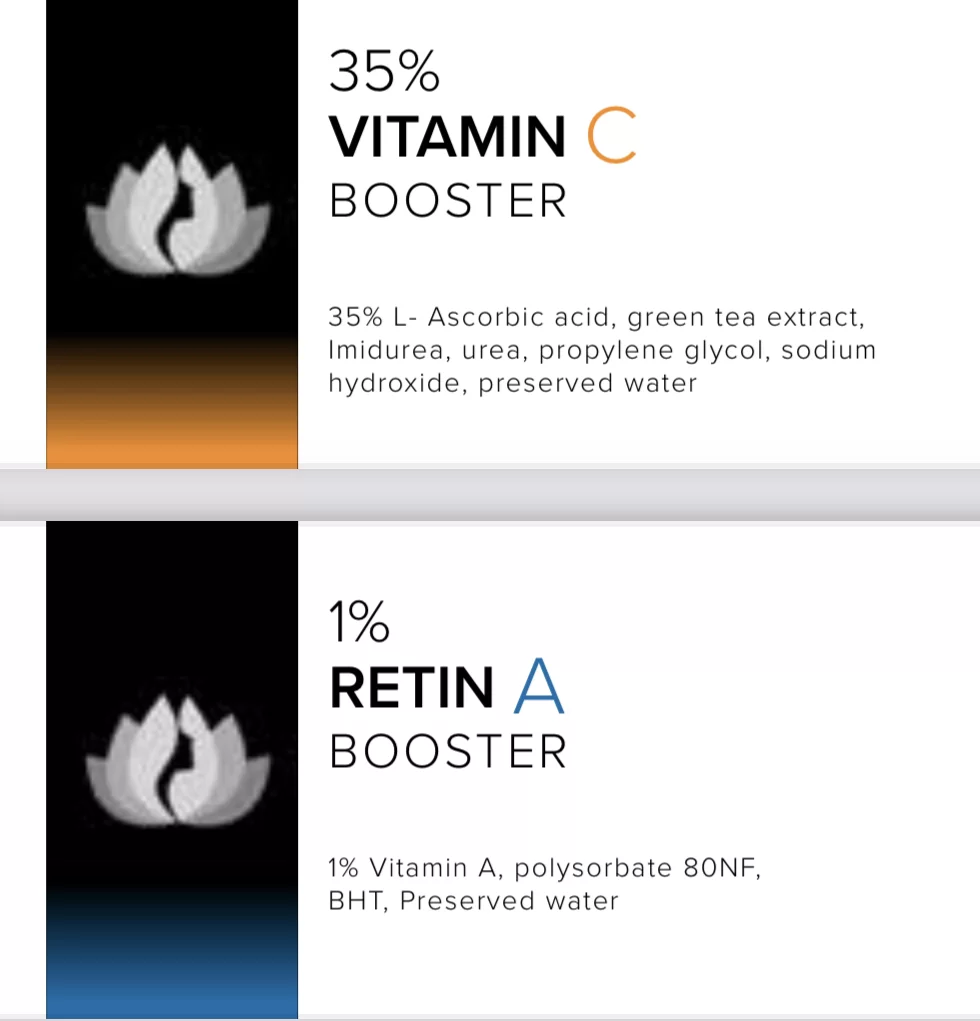

Skincare routines often involve layering products that work together to protect and enhance the skin. Sunscreen, Vitamin C and Retin A are three key components that, when combined, offer comprehensive skin protection and improvement. Take a closer look at how these products work in tandem to protect and rejuvenate your skin.
Vitamin C serves as a powerful antioxidant, while Retin A accelerates skin renewal. Sunscreen, on the other hand, shields the skin from harmful UV radiation. These three products address different aspects of skin care—protection, renewal, and prevention—and when used together, they provide a balanced and effective routine. Integrating these products into daily skincare can significantly improve the skin’s health and appearance over time.
Vitamin C, known scientifically as ascorbic acid, is a powerful antioxidant that neutralizes free radicals. These unstable molecules are produced by UV radiation, pollution, and other environmental stressors. When unchecked, free radicals lead to oxidative stress, which accelerates aging, causes hyperpigmentation, and dulls the complexion.
How does Vitamin C combat this? By donating electrons to neutralize these free radicals, it prevents them from wreaking havoc on your skin cells. Moreover, Vitamin C is crucial in collagen synthesis, which maintains skin firmness and elasticity. Consistent application of Vitamin C has been shown to reduce fine lines, improve texture, and even out skin tone by impeding the enzyme tyrosinase, responsible for melanin production.
Retin A, derived from Vitamin A, is the gold standard in anti-aging skincare. Its ability to accelerate skin cell turnover means newer, healthier cells are pushed to the surface while older, damaged ones are sloughed off. This process diminishes the appearance of fine lines, wrinkles, and hyperpigmentation and also helps manage acne by preventing clogged pores.
The science behind Retin A involves its interaction with retinoic acid receptors in the skin. This binding initiates a cascade of cellular events, leading to increased collagen production, enhanced cell turnover, and improved skin elasticity. By facilitating the shedding of dead skin cells and encouraging the growth of new ones, Retin A significantly enhances the overall texture and tone of your skin.
While Vitamin C and Retin A offer incredible benefits, their full potential is realized only when paired with sunscreen. Sunscreen serves as a protective barricade against UV radiation, which is a primary rationale for skin damage, premature aging, and skin cancer.
UV radiation is divided into UVA and UVB rays. UVA rays penetrate deep into the dermis, causing photoaging, while UVB rays primarily affect the epidermis, leading to sunburns and increasing skin cancer risk. Sunscreen contains ingredients that either absorb or reflect these harmful rays, preventing them from penetrating the skin and causing cellular damage.
Retin A increases skin sensitivity to sunlight, making it more vulnerable to UV damage. Without adequate sun protection, the benefits of Retin A could be undone by exposure to UV radiation. Thus, applying a broad-spectrum sunscreen with at least SPF 30 is an essential step in any skincare routine involving Retin A.
Vitamin C and Retin A are two powerful ingredients that complement each other in a skincare routine. While Vitamin C provides antioxidant protection during the day, Retin A works overnight to renew the skin, making them a highly effective duo when used together.
Vitamin C is best applied in the morning due to its protective properties against free radicals, which are most prevalent during the day because of environmental exposure. After cleansing, applying a Vitamin C serum helps the skin combat oxidative stress throughout the day. Vitamin C enhances sunscreen’s effectiveness by neutralizing any free radicals that manage to circumvent the sunscreen.
Once the Vitamin C serum is fully absorbed, follow it with sunscreen to provide a barrier against UV radiation. This combination not only protects the skin but also ensures that the Vitamin C remains effective throughout the day, preventing damage and promoting a bright, even complexion.
Retin A is best used at night due to its photosensitivity. Applying Retin A in the evening allows it to work on skin cell renewal without the interference of UV radiation. Retin A’s role in increasing cell turnover means that the skin is more sensitive and requires protection from potential irritation and dryness. Following Retin A application with a moisturizer helps mitigate these side effects by providing hydration and supporting the skin’s barrier function.
Overnight, Retin A works to refine the skin’s texture, reduce fine lines formation, and diminish hyperpigmentation. By morning, the skin is prepared for the antioxidant protection provided by Vitamin C, making this a powerful day-and-night skincare regimen.
Every skin type is different, so tailoring your routine to your specific needs is key to getting the best results. Adjusting the concentration and order of products like Vitamin C and Retin A can help maximize their effectiveness while minimizing irritation.
The potency of Vitamin C and Retin A can vary depending on concentration and formulation. For sensitive skin, start with lower concentrations to build tolerance gradually. Retin A, in particular, can cause irritation when first introduced, so it should be used sparingly at the beginning, with frequency increasing as the skin adjusts.
The order in which products are applied is crucial for maximizing their benefits. Vitamin C should be applied immediately after cleansing in the morning, followed by a hydrating serum if necessary, and then sunscreen. In the evening, Retin A should be applied after cleansing and toning, followed by a moisturizer to help the skin absorb the retinoid and reduce irritation.
Proper layering ensures that each product can penetrate the skin effectively and deliver its intended benefits. Skincare is both a science and an art, requiring attention to the specific needs of your skin and the formulations of your products.
Incorporating Vitamin C, Retin A, and sunscreen into your skincare routine offers a powerful combination for protecting and rejuvenating your skin. Each product plays a unique role, and together, they create a comprehensive approach to maintaining a healthy, radiant complexion. To ensure the highest quality, these serums are cold shipped and must be refrigerated upon arrival to preserve their potency.
If you’re ready to take your skincare to the next level, consider an assessment with Dr. Amber Bocknek, who can provide personalized recommendations and help you integrate these essential products into your daily routine for optimal results. Contact Dr Amber Bocknek today!